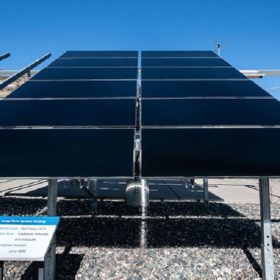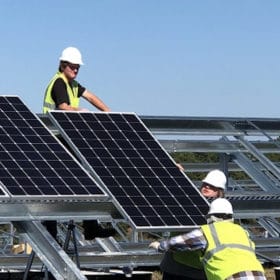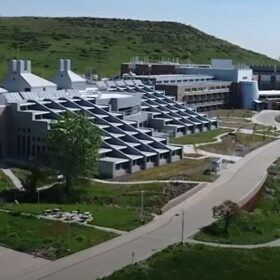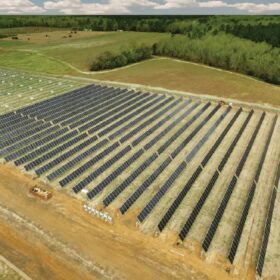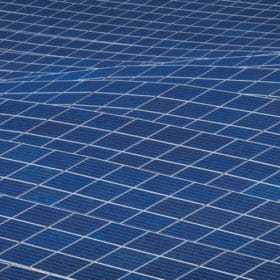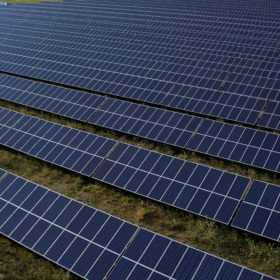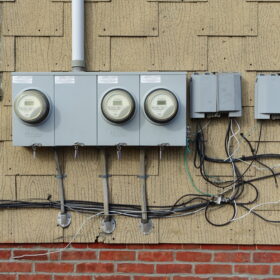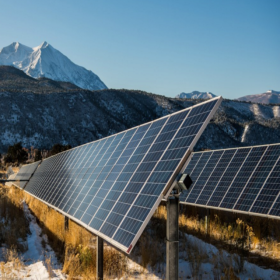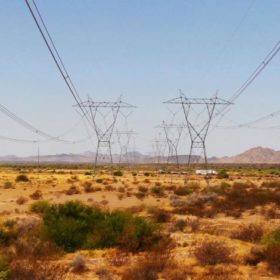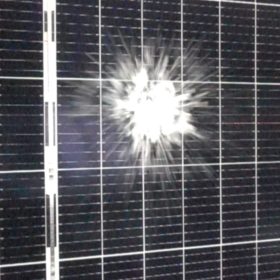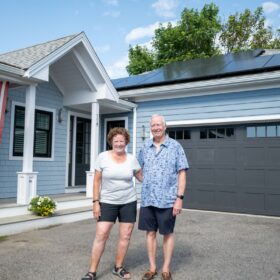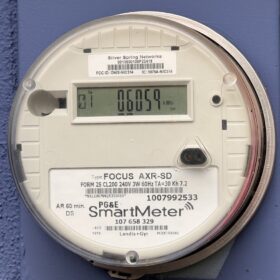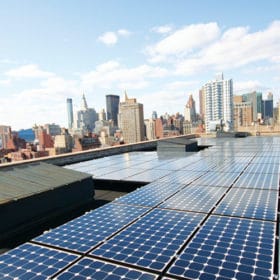New standard for ultra-low carbon solar modules released
The Global Electronics Council delivered standard inspection processes built upon models combining local power grid emissions and subcomponent energy needs to determine the embodied carbon footprint of globally manufactured solar panels.
Strong policies expand the solar industry, creating more resilient future
The Paris Agreement of 2015 marked a milestone in the effort to combat climate change, and since then, governments including Canada and the United States have undergone a political and economic transformation focused on achieving net-zero goals, with renewable energy resources, particularly solar energy, playing a vital role.
NREL adds a lab and announces plans for spending $150 million in IRA funding
Energy Secretary Jennifer Granholm was on hand for the opening of the Research and Innovation Laboratory, which will focus on plastics upcycling, next-generation batteries and advanced energy materials.
Terrain-following tracker with a pneumatic twist
Sunfolding’s new TopoTrack rows are 10 times shorter than traditional trackers, and they can provide 20 degrees of variation between trackers, thus improving slope tolerance between rows.
Sunrise brief: Energy-insecure households in the U.S. pay 27% more for electricity than others
Also on the rise: Meyer Burger considers U.S. solar cell manufacturing. CSI Solar announces initial public offering pricing on Shanghai Stock Exchange. And more.
Texas Sunset Bill softens the blow from anti-renewables changes
Texas politicians and lobby groups came to a resolution late Sunday night, May 28, which amends recently filed legislation from SB 624 designed to set severe restrictions on the permitting of wind, solar and clean energy assets in the coming years.
Energy-insecure households in the U.S. pay 27% more for electricity than others
On a square-foot basis, the issue of inequality is made worse by higher costs for energy usage in the nation. Efforts like community solar programs are underway to boost low-income participation in the cost benefits of renewable energy.
Global investment in clean energy nearly doubles that of fossil fuels
For every dollar invested in fossil fuels, 1.7 dollars are invested in clean technologies. Five years ago, it was a one-to-one ratio, said the International Energy Agency.
Clearway, Enel executives propose three ways to fix utility-scale interconnection
Systematic transmission planning within grid regions, a “connect and manage” approach to interconnection, and using automation in interconnection studies were key solutions that could make interconnection faster and lower-cost, two leaders of renewables development firms said on a webinar.
Software provider introduces hail detection solution for solar projects
Hail events have historically posed a considerable risk for utility solar projects, with weather instances creating up to $100 million in damages at large projects located in “Hail Alley” states such as Texas.
